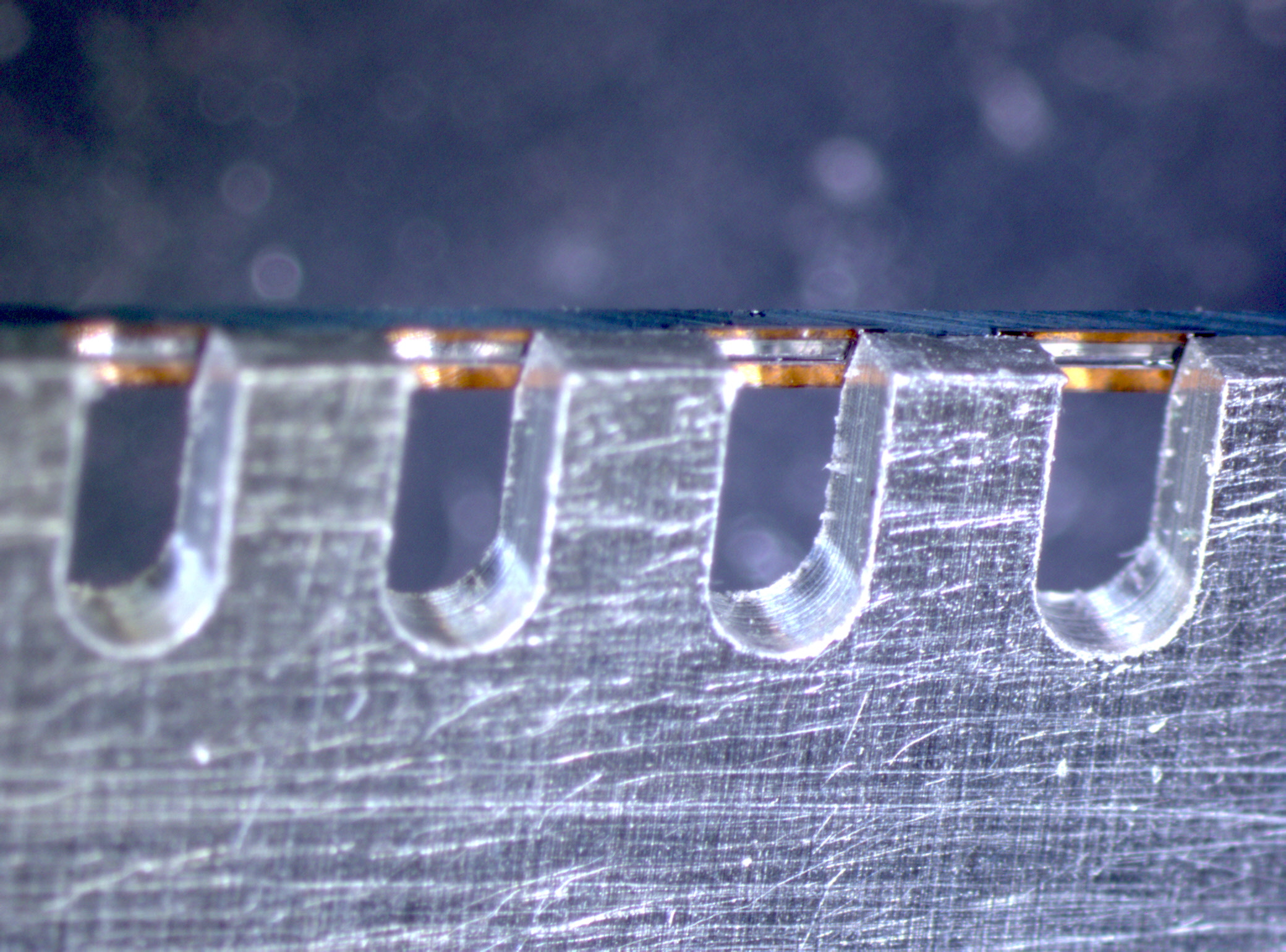...But it can also be found existing naturally, such as in the Earth's crust (it is in fact the second most abundant element found there) and inside other planets.
Because of its many uses, you might think the element itself is widely understood by scientists. This actually isn't the case, as despite having spent years being the focus of study, some of silicon's properties remain fairly mysterious.
An example of silicon's illusively is how it reacts to rapid compression, such as that experienced under shock impact. Regardless of the many experiments conducted on silicon, aspects like this of how it works as a material is still largely unknown.
This was until recently, when an experiment published in Nature Physics involving a team from EUXFEL, the SLAC National Accelerator Laboratory, DESY, University of Oxford, University of York, Livermore and the CLF spinout company Scitech Precision Limited, used silicon laser targets to see if they could gain a better insight into this useful element. The purpose of this experiment was primarily to see how it fundamentally reacts to extreme conditions of shock impact, but in doing so they gained greater understanding into how it might behave inside planets too.
The results showed that silicon acted quite strangely under dynamic compression. Principal investigator Prof. Emma McBride said, “Silicon has a complicated multi-wave response to shock compression, with a strong elastic wave, up to the elastic limit, followed by two subsequent waves, the nature of which were unknown."
The team wanted to combine the extremely high brightness of X-rays provided by the LCLS to finally find out the nature of these waves by probing them directly with X-ray diffraction, isolating each wave by probing perpendicular to the shock direction. The issue is, however, that the reason that most experiments are performed with the X-ray beam along the shock direction, or close to it, to minimize pressure gradients in the sample and make sure we are probing one state.
This meant that they needed to design a silicon target that could meet these precise and specific needs. Micro-target Physicist Christopher Spindloe from the Central Laser Facility, along with Andy Higginbotham from the University of York and Emma McBride based at SLAC worked together to create a bespoke target.

The target was designed to minimize gradients in the sample and reduce edge rarefaction effects. “To do this we came up with the idea of tamping a polycrystalline silicon layer with two perfectly impedance matched layers of single crystal silicon. Which in theory sounds quite straight forward, but in reality we were not sure if it was possible," Emma McBride explained, “There were many challenges and redesigns on the way and Chris was essential in coming up with the methods to create the targets. We went to him with the concept and asked if it was possible and he really made it a reality."
The team also discovered that dynamic compression and static compression shows different results, meaning we may need to be careful when comparing results obtained from the two different methods to conduct experiments into the conditions of planet cores.
The results will help researchers to design and conduct experiments studying extreme conditions at the European XFEL instrument for High Energy Density (HED) matter, which has just started user operations, and will be used to gain a better understanding of the conditions within planets inside and outside of our solar system.
To read more, go to: https://www.nature.com/articles/s41567-018-0290-x
